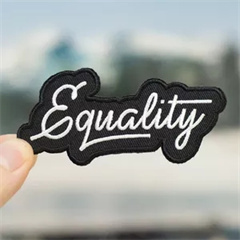1. Protection from Harsh Elements: Extreme conditions can include intense cold, heavy rain, strong winds, and more. Jackets for these situations provide the necessary barrier to keep you shielded from the elements.
2. Thermal Insulation: In extreme cold, jackets with advanced insulation technologies like down or synthetic fills help retain body heat and prevent hypothermia.
3. Waterproof and Windproof Features: Jackets equipped with waterproof and windproof materials and sealed seams are vital for staying dry and warm in rainy, snowy, and windy conditions.
4. Breathability: While jackets need to keep external moisture out, they should also allow internal moisture (sweat) to escape. Breathable fabrics and ventilation options are crucial to prevent overheating and moisture buildup.
5. Durability and Robustness: Jackets for extreme conditions should be built to withstand rough terrains, abrasion, and wear. Durable materials and reinforced construction are important for long-lasting performance.
6. Versatility: Some jackets are designed for multi-purpose use. They might offer interchangeable layers or adjustable features to adapt to changing conditions.
7. Functionality and Storage: Consider jackets with ample pockets and compartments for storing essentials like gloves, maps, snacks, and more. Functional design features enhance the convenience of these jackets.
8. Hood and Collar Design: Hoods with adjustable features and high collars provide extra protection for your head and neck from harsh weather conditions.
9. Reflective Elements: For adventurers exploring in low-light conditions, reflective elements on the jacket increase visibility and safety.
10. Weight and Packability: While protection is essential, lightweight and packable jackets are practical for ease of movement and portability during activities.
11. Fit and Mobility: Ensure your jacket allows for comfortable movement and is compatible with any additional layers you might need to wear underneath.
12. Safety Measures: Consider jackets with emergency features like built-in rescue whistles or reflective patches to aid search and rescue efforts if necessary.
13. Brand Reputation: Choose reputable brands known for producing quality gear for extreme conditions. Research reviews and recommendations from other adventurers.
Whether you’re mountaineering, hiking in remote areas, skiing down challenging slopes, or engaging in other high-intensity activities, having the right jacket for extreme conditions is crucial. It’s not just about being prepared for the adventure, but also about ensuring your safety and well-being throughout the journey.








